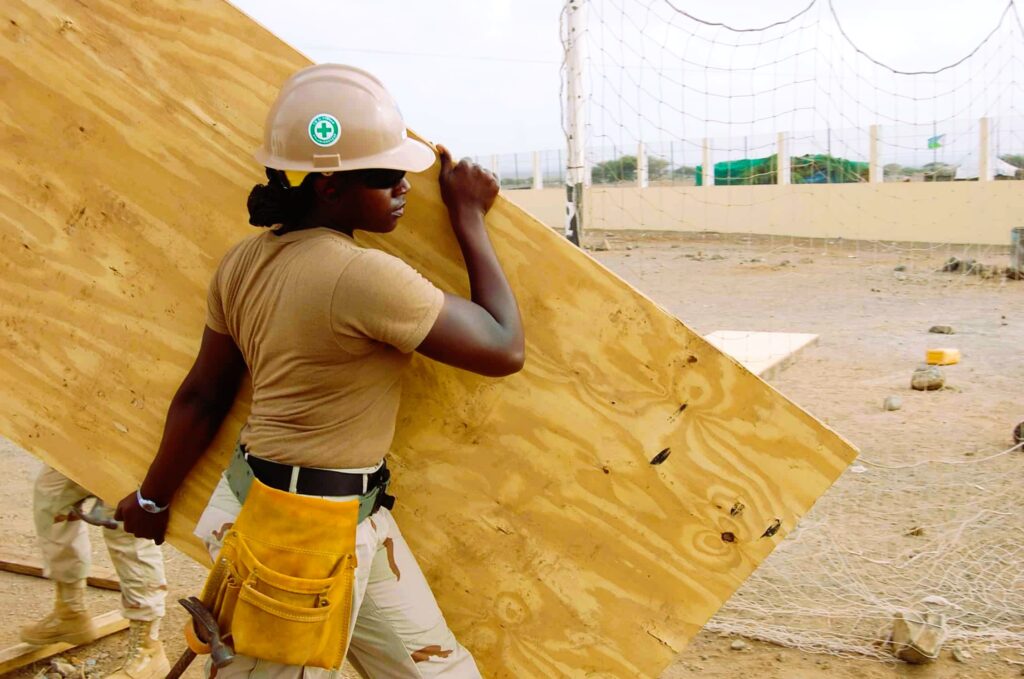Gender Diversity in Construction: A Statistical Study
The construction industry is one of the largest sectors in the world economy, employing millions of people. However, it has long been criticized for its lack of gender diversity, with a predominantly male workforce. This article presents a statistical study on gender diversity in the construction industry, shedding light on the current state of affairs, the challenges faced by women in construction, and the importance of promoting gender inclusivity in the field.
The Current Landscape
Historically, the construction industry has been male-dominated. Traditionally, men have held the majority of roles in construction, from laborers to engineers and project managers. While significant progress has been made in recent years, gender diversity in construction remains an issue that needs attention.
To understand the current state of gender diversity in construction, let’s delve into some statistics:
- Workforce Composition: According to data from the U.S. Bureau of Labor Statistics, women make up only around 9% of the construction workforce in the United States. Similar statistics can be found in many other countries, highlighting the global nature of this issue.
- Occupational Distribution: Women in construction often find themselves in administrative or support roles, such as office managers, HR professionals, or estimators. These roles, while important, are not representative of the entire spectrum of careers available in construction.
- Gender Pay Gap: Research indicates that there is a gender pay gap in construction, with women typically earning less than their male counterparts for similar roles and responsibilities.
- Leadership Roles: Women are underrepresented in leadership positions within construction companies, including executive roles and board memberships.

Challenges Faced by Women in Construction
The underrepresentation of women in construction can be attributed to several challenges and barriers:
- Stereotypes and Bias: Construction has long been associated with physical strength and toughness, leading to stereotypes that discourage women from pursuing careers in the field. Bias and stereotypes can affect hiring decisions and career progression.
- Workplace Culture: A male-dominated workplace culture can create an uncomfortable environment for women. Issues such as harassment and discrimination can deter women from staying in the industry.
- Lack of Role Models: The scarcity of female role models in construction can make it challenging for young women to envision themselves pursuing careers in the field.
- Barriers to Advancement: Women often face barriers to career advancement, such as limited access to mentorship and training opportunities. The impact of climate change data on construction practices, more details in our article.
Promoting Gender Diversity in Construction
Achieving greater gender diversity in construction is not only a matter of equity but also of economic and industry growth. Diverse teams tend to be more innovative and better equipped to tackle complex challenges. Here are some strategies to promote gender diversity in construction:
- Education and Outreach: Encourage girls and young women to consider careers in construction through educational programs, career fairs, and mentorship initiatives.
- Training and Development: Provide training and development opportunities for women in construction, enabling them to advance in their careers.
- Diversity and Inclusion Policies: Implement and enforce policies that promote diversity and inclusion within construction companies.
- Mentorship and Networking: Establish mentorship programs that connect women in construction with experienced professionals who can guide their career growth.
- Equal Pay Practices: Ensure equal pay for equal work, addressing the gender pay gap within the industry.
- Changing Workplace Culture: Promote a workplace culture that is inclusive and respectful of all employees, regardless of gender.

Standards and Guidelines
To address gender diversity in the construction industry, it’s important to refer to established standards and guidelines. Wikipedia provides comprehensive information on gender diversity and related topics, offering insights into the global efforts to promote gender equality. Additionally, Canada.ca, the official website of the Government of Canada, provides information on initiatives and policies related to gender diversity and inclusivity in the workplace.
Conclusion
Gender diversity in construction is a multifaceted issue that requires collective efforts from industry stakeholders, policymakers, and individuals. While progress has been made, there is still much work to be done to ensure that the construction industry reflects the diversity of the societies it serves. By addressing the challenges and promoting inclusivity, we can create a more equitable and thriving construction sector.
For more information on gender diversity in construction and relevant standards, you can visit the following websites:
- Wikipedia – Gender Diversity in Construction
